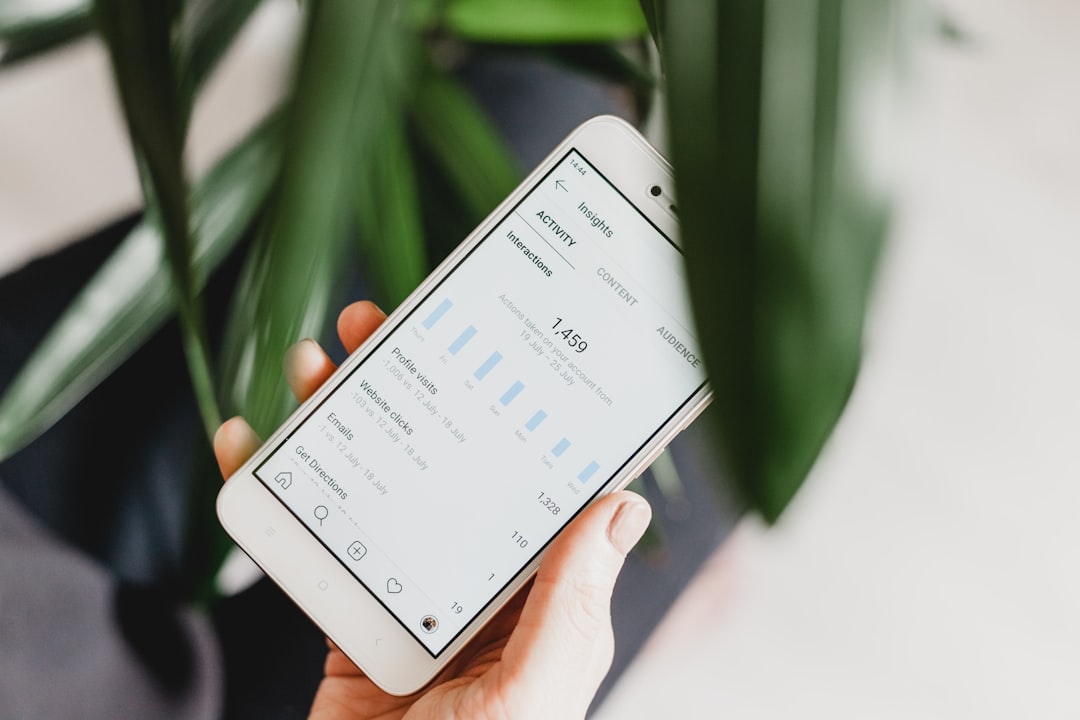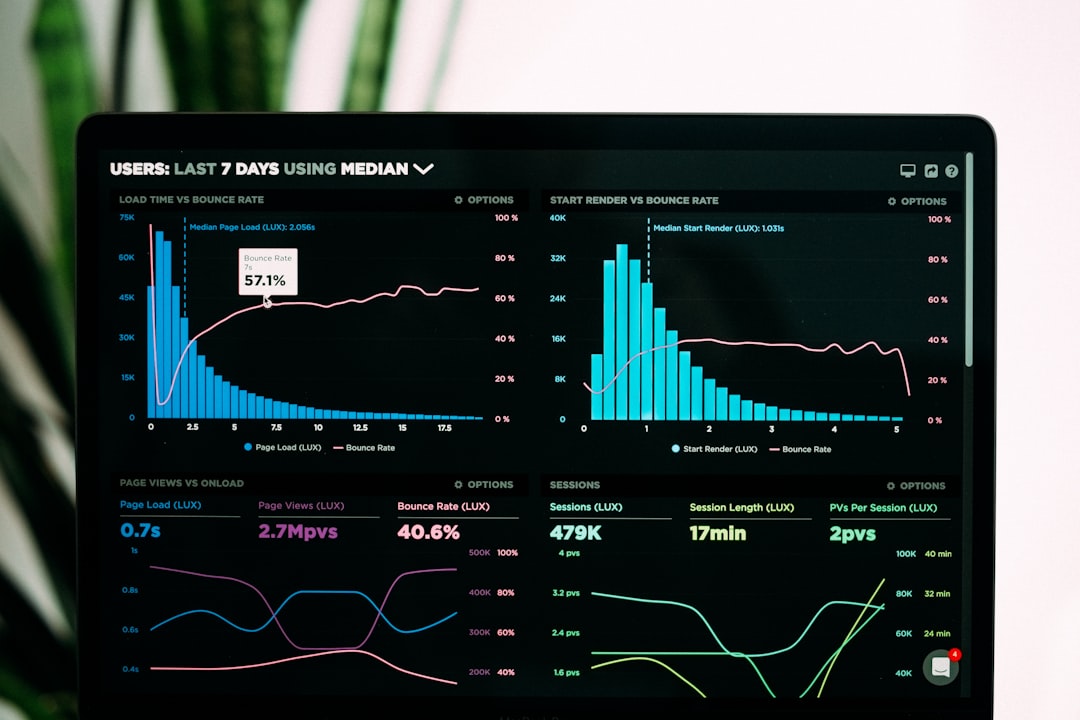
How to Teach Basic Economics: A Comprehensive Guide
# Introduction. Teaching economics, even at a basic level, is essential for fostering financial literacy and critical thinking in students. It sets the groundwork for understanding complex economic principles encountered in the real world. In this blog post, we will outline effective strategies and methods to introduce basic economic concepts to learners of all ages. ## Understanding the Importance of Economics. Before diving into teaching techniques, it’s essential to discuss why economics matters. Economics is not just about money; it encompasses the allocation of resources, decision-making, and the incentives that drive human behavior. By teaching economics, educators equip students with the knowledge to make informed decisions, both personally and professionally. Whether it’s comprehending how supply and demand affect pricing or understanding the impact of government policies, basic economics is foundational in navigating daily life. ## Establishing a Curriculum Overview. To effectively teach basic economics, it’s wise to start by establishing a curriculum overview that includes core topics. Such topics might include: - **Scarcity and Choice:** Understanding that resources are limited compared to our wants. - **Supply and Demand:** The relationship between product availability and consumer desire. - **Market Structures:** Different types of market systems and how they operate (e.g., perfect competition, monopoly). - **Economic Indicators:** Key indicators like GDP, unemployment rates, and inflation. Having a structured curriculum helps to provide a clear roadmap for both educators and students, ensuring all necessary topics are covered. ## Utilizing Real-World Examples. One of the most effective ways to teach basic economics is by utilizing real-world examples. This method allows students to connect theory with practice. For instance, discussing local market fluctuations during holiday seasons can be an excellent way to explain supply and demand. Another useful example could include simulating a simple economy in the classroom where students earn ‘money’ through completed tasks. They can use this classroom currency to ‘buy’ items, allowing them to experience basic economic interactions first-hand. These practical examples make economic principles tangible and relatable. ## Engaging through Interactive Activities. Engagement is key when teaching economics. Interactive activities can enhance learning and retention. Consider activities such as: - **Role-Playing Games:** Have students take on different roles within a market scenario (e.g., consumers, producers) and act out trade situations. - **Economic Simulations:** Utilize online simulations or board games that demonstrate economic principles in action like Monopoly or economic simulators. - **Debates:** Organize debates on economic topics like taxation or government spending, encouraging students to research and articulate their perspectives. These activities not only foster a learning atmosphere but also promote teamwork, communication, and critical thinking among students. ## Incorporating Current Events. The world of economics is continuously evolving, influenced by political, social, and environmental factors. Incorporating current events into your lessons allows students to see how the concepts they learn apply to real-world situations. Encourage students to follow economic news stories and discuss how they relate to the principles they've learned in class. For example, a discussion about inflation trends can lead to examining how these trends impact individuals' purchasing power and savings. ## Emphasizing Ethical Considerations. Economics is not solely about quantitative analysis; it also involves ethical considerations. Teach students to think critically about the moral implications of economic decisions. Discuss topics like income inequality, environmental sustainability, and the responsibilities of businesses toward society. Encouraging ethical discussions helps students understand the broader impacts of economic decisions and fosters a more rounded perspective. ## Conclusion. Teaching basic economics is not just about imparting knowledge of financial terms and graphs; it’s about equipping future generations with the tools to understand their world. By establishing a structured curriculum, utilizing real-world examples, engaging students through interactive activities, incorporating current events, and emphasizing ethical considerations, educators can create a robust learning experience. This foundation will enable students to navigate their financial futures and become informed citizens. By focusing on these methods, you will not only teach economics but also ignite curiosity and encourage lifelong learning in your students. .








